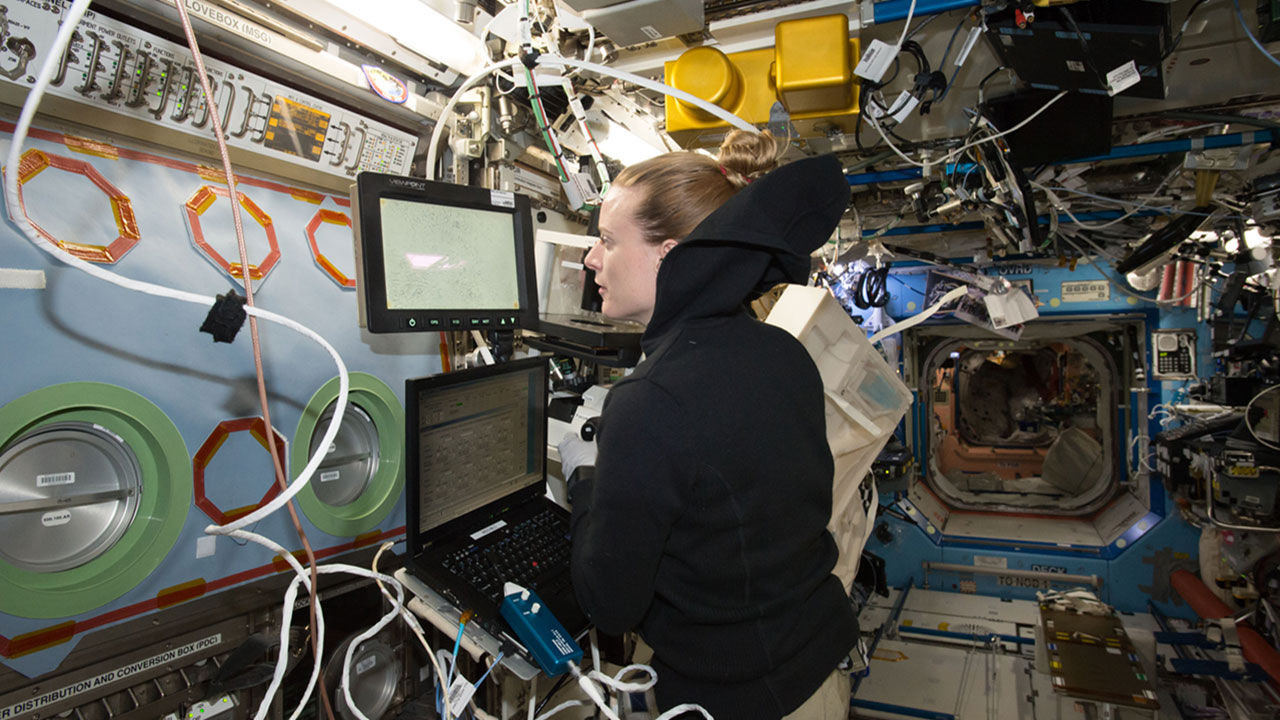Northrop Grumman’s 12th commercial resupply services mission (NG CRS-12) that launched earlier this week included an International Space Station (ISS) National Laboratory-sponsored investigation from Lockheed Martin Corporation (in collaboration with StemRad) to test the performance of the AstroRad radiation shielding vest on ISS crew members.
The AstroRad vest uses a selective shielding technology to protect organs that are most sensitive to radiation exposure, focusing on stem cell concentrations within the organs. By selectively shielding stem cells, the vest reduces stem cell mutation from radiation exposure and enables regeneration of damaged tissues. Such a device serves to alleviate the effects of radiation exposure and reduce the risk of more serious effects, such as cancer development. The concept behind the AstroRad vest evolved from the 360 Gamma shield, a commercially available device developed by StemRad as a wearable shield to protect first responders to radiation incidents on Earth.
This investigation is beneficial not just to protect astronauts from radiation in space but also for people back on the ground. Knowledge gained from this project could aid in the development of shielding technologies for use on Earth in patients receiving radiation treatments and workers in areas where there is a risk of radiation exposure.
Learn more about the other ISS National Lab-sponsored investigations that launched on NG CRS-12 in our mission overview video and on our NG CRS-12 launch page.





